Great Disciples of the Buddha
GREAT
DISCIPLES
OF THE
BUDDHA
T HEIR L IVES , T HEIR W ORKS , T HEIR L EGACY
Nyanaponika Thera and Hellmuth Hecker
Edited with an Introduction by Bhikkhu Bodhi

Wisdom Publications
199 Elm Street
Somerville, Massachusetts 02144 USA
www.wisdompubs.org
Buddhist Publication Society 2003
All rights reserved.
No part of this book may be reproduced in any form or by any means, electronic or mechanical, including photocopying, recording, or by any information storage and retrieval system or technologies now known or later developed, without permission in writing from the publisher.
Library of Congress Cataloging-in-Publication Data
Nyanaponika, Thera, 1901-
Great disciples of the Buddha : their lives, their works, their legacy / Nyanaponika
Thera and Hellmuth Hecker ; edited with an introduction by Bhikkhu Bodhi.
p. cm.
In collaboration with the Buddhist Publication Society of Kandy, Sri Lanka.
Originally published: Boston, Wisdom Publications, c1997.
Includes bibliographical references and index.
ISBN 0-86171-381-8 (alk. paper)
1. Gautama BuddhaDisciplesBiography. I. Hecker, Hellmuth.
II. Bodhi, Bhikkhu. III. Title.
BQ900.N93 2003
294.30922dc21
2003011831
07 06
5 4 3 2
Cover design by Gopa&Ted2, Inc. and TL
Interior design by: L.J.S AWL it & Stephanie Shaiman
Wisdom Publications books are printed on acid-free paper and meet the guidelines for permanence and durability of the Committee on Production Guidelines for Book Longevity of the Council on Library Resources.
Printed in the United States of America
 This book was produced with environmental mindfulness. We have elected to print this title on 50% PCW recycled paper. As a result, we have saved the following resources: 30 trees, 21 million BTUs of energy, 2,674 lbs. of greenhouse gases, 11,097 gallons of water, and 1,425 lbs. of solid waste. For more information, please visit our web site, www.wisdompubs.org
This book was produced with environmental mindfulness. We have elected to print this title on 50% PCW recycled paper. As a result, we have saved the following resources: 30 trees, 21 million BTUs of energy, 2,674 lbs. of greenhouse gases, 11,097 gallons of water, and 1,425 lbs. of solid waste. For more information, please visit our web site, www.wisdompubs.org
C ONTENTS
W HILE IN RECENT YEARS in the West oceans of ink have been expended on books dealing with the Buddha and his Teaching, the first two Jewels of Buddhism, the coverage given to the third Jewel, the Sangha, has been far from adequate. Even the meaning of the word sangha has been a matter of dispute, while for those without access to the original Pli texts a dense cloud of obscurity still hangs over the Buddhas original nucleus of disciples. This gap is all the more glaring because the very measure of the Buddhas success as a spiritual teacher is to be determined by his skill in training his disciples. The canonical verse of homage to the Buddha hails him as the unsurpassed trainer of persons to be tamed, and thus the acid test for the validity of this claim must be the mettle of the men and women who submitted to his guidance. Just as the sun is valued not only for its own intrinsic radiance but also for its ability to illuminate the world, so the brilliance of the Buddha as a spiritual master is determined not only by the clarity of his Teaching but by his ability to illuminate those who came to him for refuge and to make them luminaries in their own right. Without a community of disciples to testify to its transformative power, the Teaching, the Dhamma, would be merely a package of doctrines and formal practices, admirably lucid and intellectually rigorous, but remote from vital human concerns. The Dhamma comes to life only to the extent that it touches life, ennobling its followers and turning them into models of wisdom, compassion, and purity.
The present book is an attempt to fill this gap in Western Buddhist literature with living portraits of twenty-four of the most distinguished disciples of the Buddha. The book evolved from a series of individual tracts on the great disciples issued by the Buddhist Publication Society (BPS) under its well-known imprint, The Wheel. The first biography to appear was The Life of Sriputta by the Venerable Nyanaponika Thera. This was first published in 1966 as an independent monograph, with no intention to initiate an ongoing series. In the same year, however, the German Buddhist author Hellmuth Hecker began publishing short biographical profiles of the great disciples in the German Buddhist periodical Wissen und Wandel (established in 1955 by Paul Debes). Over the next twenty years Wissen und Wandel carried forty-one such portraits, many quite short.
In the late 1970s the idea occurred to Ven. Nyanaponika, then the editor of the BPS, to follow up his study of Sriputta with a line of Wheel titles on the other great disciples, using the articles by Dr. Hecker as a basis. Thus between 1979 and 1989 there appeared, as individual Wheel booklets, portraits of Mahmoggallna, nanda, Angulimla, Anthapiika, Mahkassapa, Anuruddha, and eight prominent women disciples. These had been translated into English either by Ven. Nyanaponika himself or by others at his request. Finally, in 1995 I wrote a booklet on the Elder Mahkaccna, which was the last to appear in the series.
Almost all the original articles by Dr. Hecker were considerably enlarged by Ven. Nyanaponika with additional material gathered from the Pli Canon and its commentaries, and deepened with his own insightful reflections. In preparing this comprehensive volume from the original booklets I have made substantial alterations in almost all the older versions and added still more material to give a fuller picture of the disciple under scrutiny. The chapter on the women disciples has been expanded by the addition of four profiles that were not in the original Wheel, although a full-length treatment of individual women comparable to the studies of the leading male disciples was not possible owing to the sparsity of source material. A thorough stylistic revision of the original portraits was also necessary.
I have retranslated almost all the verses, which in the Wheel booklets were often quoted from older translations composed in a style that would strike present-day readers as stilted. To leaven the prose accounts I have added still more verses, particularly from the Theragth and Thergth. Unless indicated otherwise all verse translations are my own, though my verse renderings from the two collections just named lean heavily upon the literal prose translations by K.R. Norman, published as Elders Verses, parts 1 and 2.
I would like to thank my long-time assistant at the BPS, Ayy Nyanasir, who first reviewed the original Wheels with the idea of reissuing them in a single volume. I also thank Mrs. Savithri Chandraratne, who diligently and accurately typed the manuscripts into the computer. I am grateful to Wisdom Publications for its collaboration in the publication of this book, particularly to Sara McClintock, whose editorial comments led to major improvements.

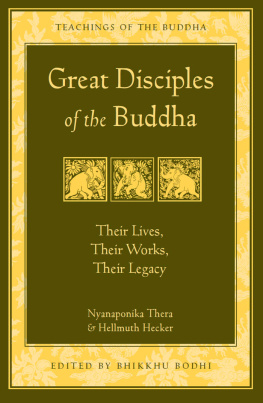
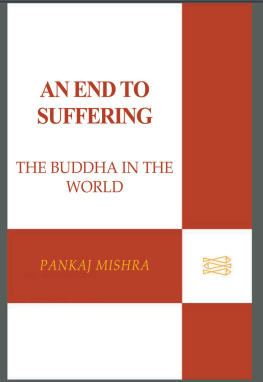

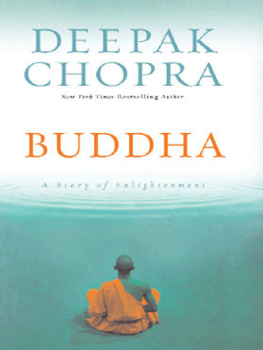
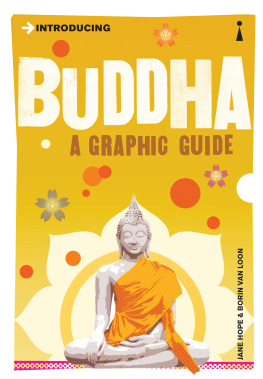

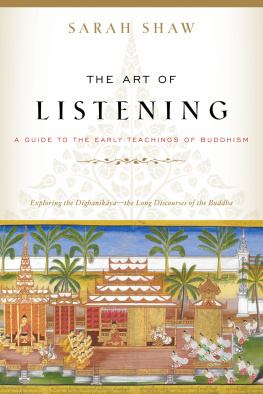


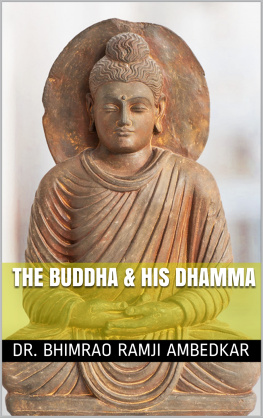
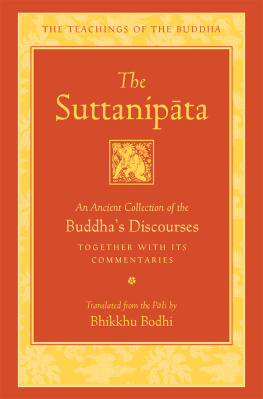
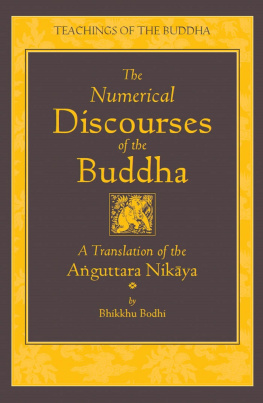

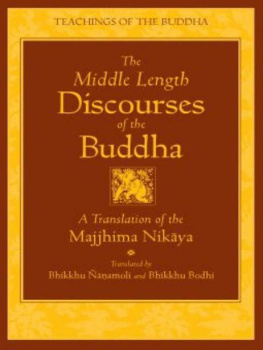
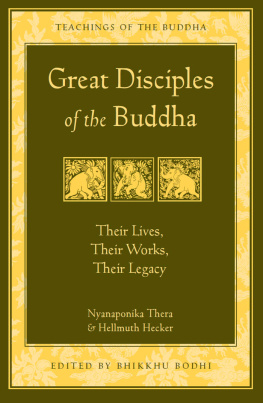
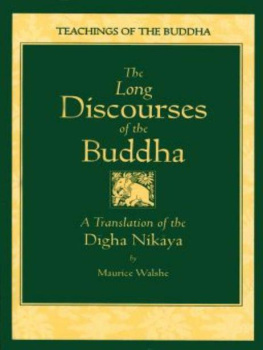

 This book was produced with environmental mindfulness. We have elected to print this title on 50% PCW recycled paper. As a result, we have saved the following resources: 30 trees, 21 million BTUs of energy, 2,674 lbs. of greenhouse gases, 11,097 gallons of water, and 1,425 lbs. of solid waste. For more information, please visit our web site, www.wisdompubs.org
This book was produced with environmental mindfulness. We have elected to print this title on 50% PCW recycled paper. As a result, we have saved the following resources: 30 trees, 21 million BTUs of energy, 2,674 lbs. of greenhouse gases, 11,097 gallons of water, and 1,425 lbs. of solid waste. For more information, please visit our web site, www.wisdompubs.org